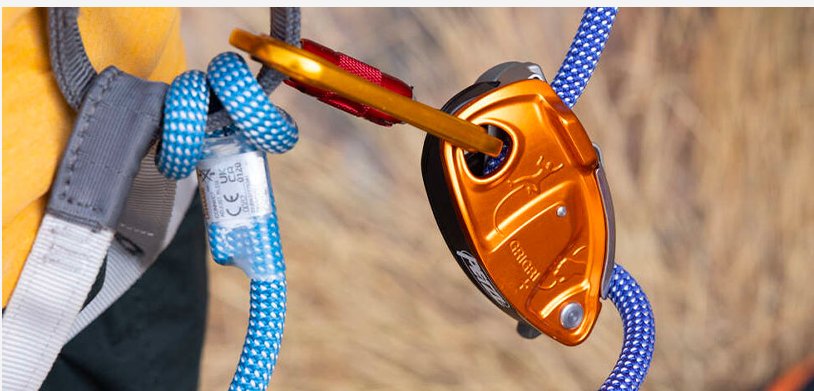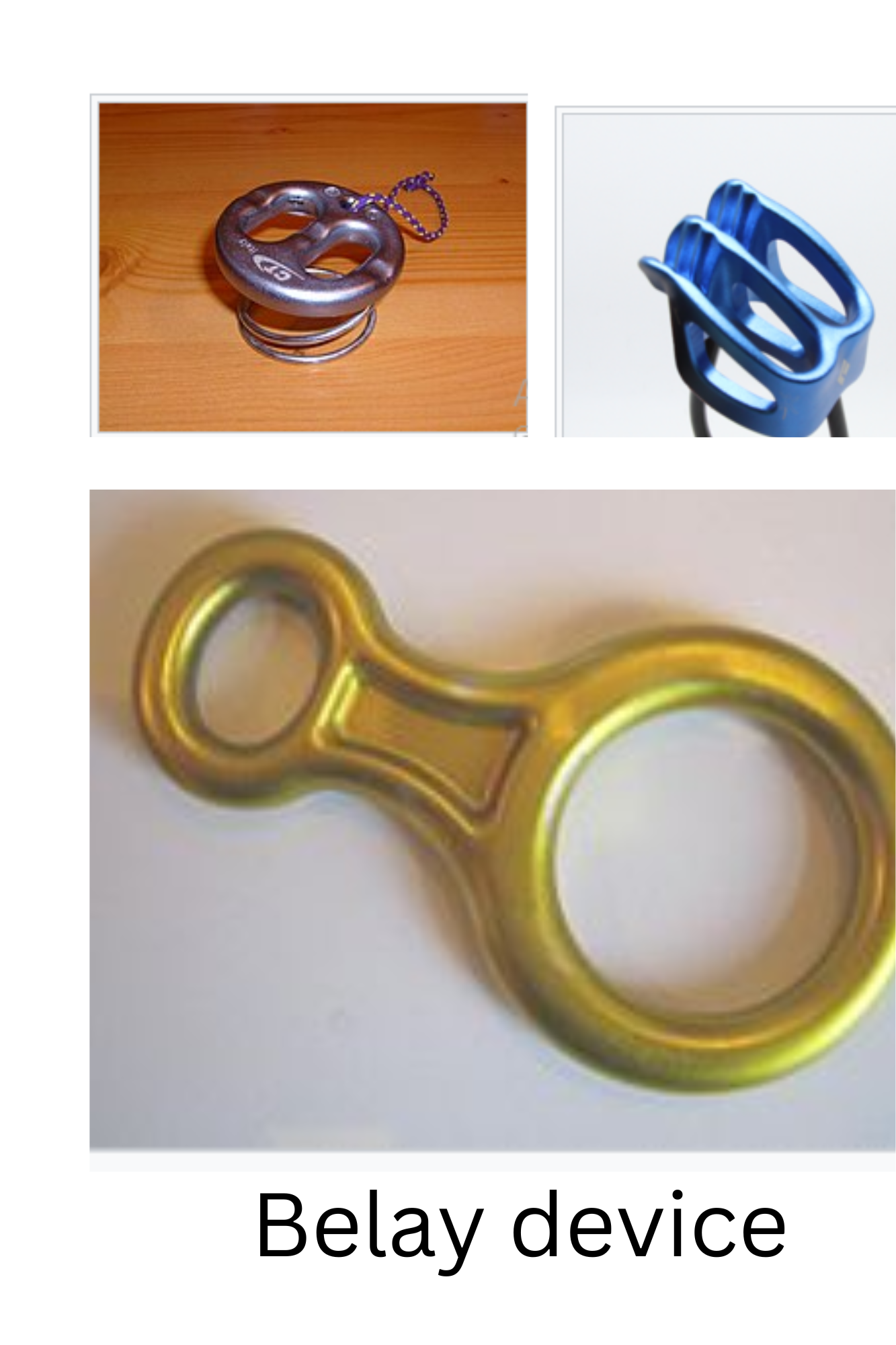A Detailed Exploration of Knots
Here’s an expanded explanation of each knot, covering its history, tying instructions, applications, and practical tips.
1. Thumb Knot
- History: One of the earliest and simplest knots, its use can be traced to ancient times as a stopper knot.
- How to Tie: Form a loop, pass the free end through, and tighten.
- Uses:
- Prevents rope ends from unraveling.
- Basis for more complex knots.
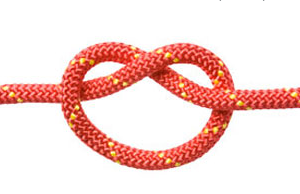
2. Double Thumb Knot
- How to Tie: Similar to the Thumb Knot, but pass the free end through the loop twice before tightening.
- Uses:
- More secure than a single Thumb Knot.
- Fishing or climbing where extra hold is needed.
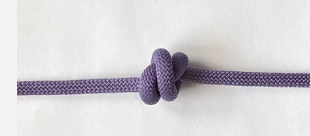
3. Water Knot
- How to Tie: Tie an overhand knot with one rope, then retrace it with the second rope.
- Applications:
- Joining flat webbing in climbing.
- Secure connections in canyoneering.
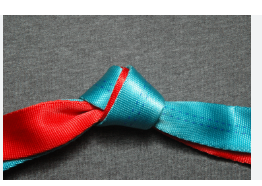
4. Nose Knot
- Potential Reference: May be a decorative or functional variation of a hitch or stopper knot.
- Uses: Often ornamental, depending on the application.
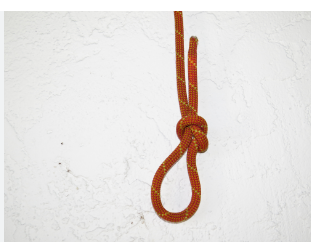
5. Chain Sinnet
- How to Tie: Make a loop, pull a bight through, and repeat to create a chain-like structure.
- Applications:
- Shortens ropes.
- Quick deployment for climbing or storage.
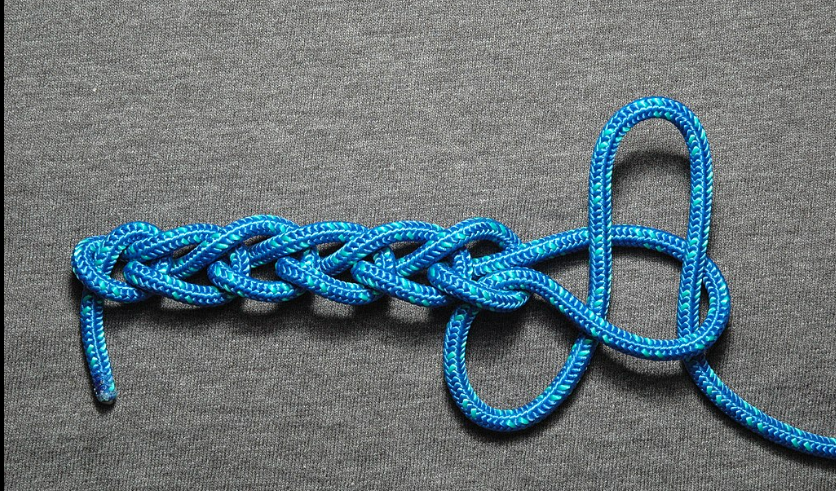
6. Reef Knot/Square Knote
- History: Used since ancient Egypt for binding.
- How to Tie: Cross two rope ends, then repeat with the reverse cross.
- Uses:
- Securing non-critical loads.
- First aid for bandaging.
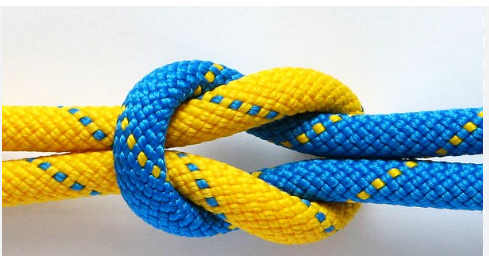
7. Thief Knot
- History: Historically used to identify tampering.
- How to Tie: Similar to a Reef Knot, but with ends reversed.
- Uses:
- Package security in maritime settings.
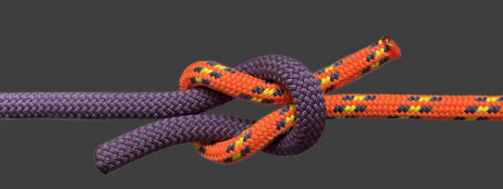
8. Granny Knot
- How to Tie: An improperly tied Reef Knot.
- Uses:
- Often used accidentally, highlighting the need for proper knot technique.
9. Half Hitch
- How to Tie: Wrap the rope around an object and tuck the free end under itself.
- Uses:
- Securing small loads.
- Foundation for advanced knots.
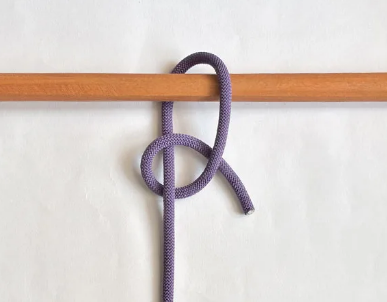
10. Clove Hitch
- How to Tie: Two loops crossed in opposite directions, slipped over a pole.
- Applications:
- Boating, tent setup.
- Temporary but adjustable fastening.
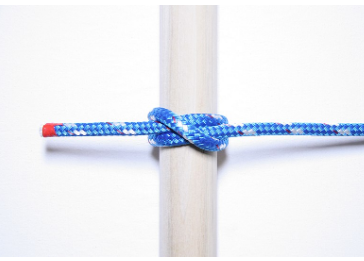
11. Constrictor Hitch
- How to Tie: A clove hitch with an extra crossing under one loop.
- Applications:
- Tying bundles or constricting objects tightly.
- Known for its strength and difficulty to untie.
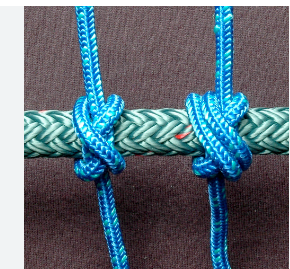
12. Italian Hitch
- How to Tie: Form loops around a carabiner to create friction.
- Applications:
- Belaying and rappelling.
- Common in climbing and rescue.
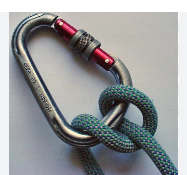
13. Cow Hitch
- How to Tie: Form a loop, pass it through a ring or post, and secure.
- Uses:
- Attaching animals or equipment to posts.
- Simple but effective for light loads.
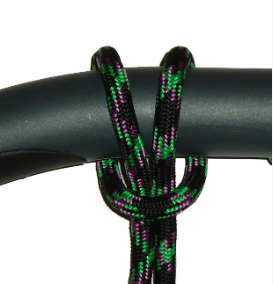
14. Prusik Hitch
- History: Invented by Dr. Karl Prusik for mountaineering.
- Applications:
- Ascending fixed ropes.
- Backup knots in climbing.
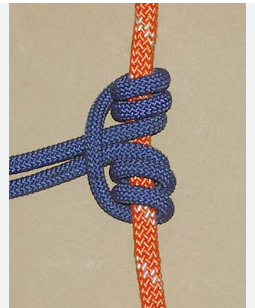
15. Klemheist Hitch
- How to Tie: Similar to the Prusik but optimized for movement in one direction.
- Applications:
- Climbing, where easier sliding is needed.
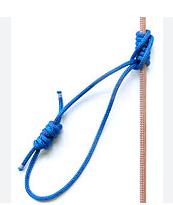
16. Highwayman’s Hitch
- How to Tie: A quick-release loop tied around a post.
- Applications:
- Tying horses or equipment.
- Historically for quick escapes.
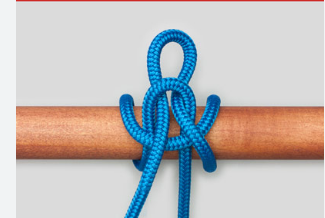
17. Draw Hitch
- Applications:
- Adjusting rope length under load.
- Useful in fishing and net setups.
18. Lighterman’s Hitch
- How to Tie: Complex wrapping sequence used to secure barges.
- Applications:
- Docking and controlling heavy vessels.

19. Bowline
- History: Known as the “King of Knots.”
- Applications:
- Sailing, rescue, climbing.
- Creates a secure loop.
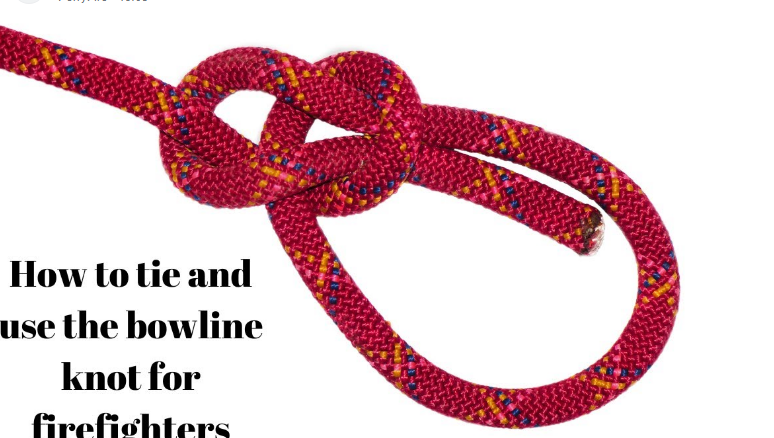
20. Yosemite Bowline
- Features: Added security to the traditional bowline.
- Applications:
- Critical climbing scenarios.
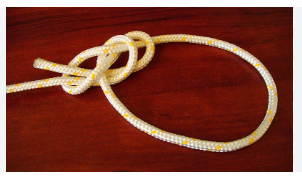
21. French/Portuguese Bowline
- How to Tie: Variation of Bowline creating two loops.
- Applications:
- Rescue harnesses.
- Carrying loads securely.

22. Bowline on the Bight
- Applications:
- Two loops for load distribution.
- Rescue and hauling.
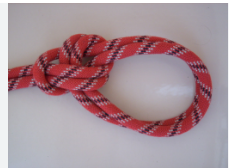
23. Figure of 8 Knot
- Uses:
- Prevents ropes from slipping.
- Foundation for climbing knots.
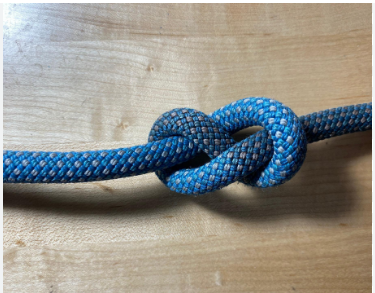
24–27. Figure of 8 Variants
- Figure of Double Loop,
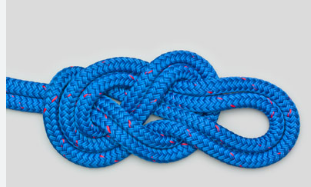
- Figure of 8Follow Through,
- Directional Figure of 8offer specialized applications in climbing and securing loads
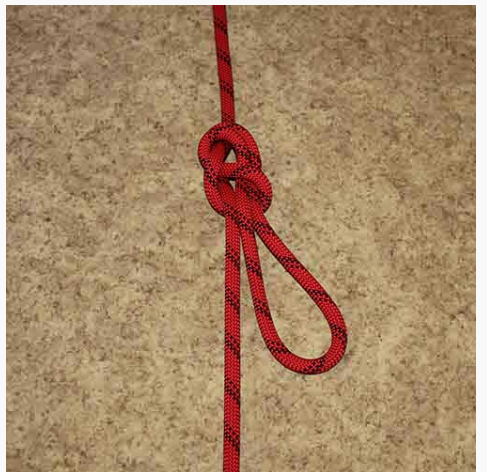
- .
28–33. Bends and Fisherman’s Knots
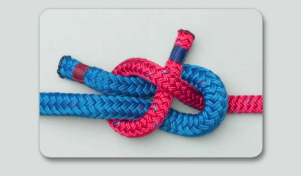

- Designed for joining ropes and creating loops.
24
- Butterfly Knot excels for mid-rope loops, while Sheet Bends work well for joining different rope types.
These blogs can elaborate on tying techniques, history, and real-world scenarios for each knot. Let me know if you’d like help with a specific knot or a sample post!
